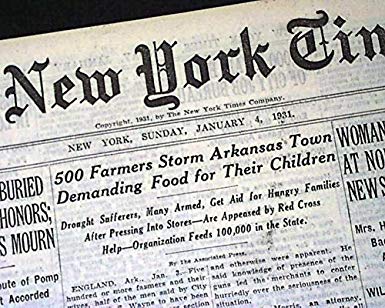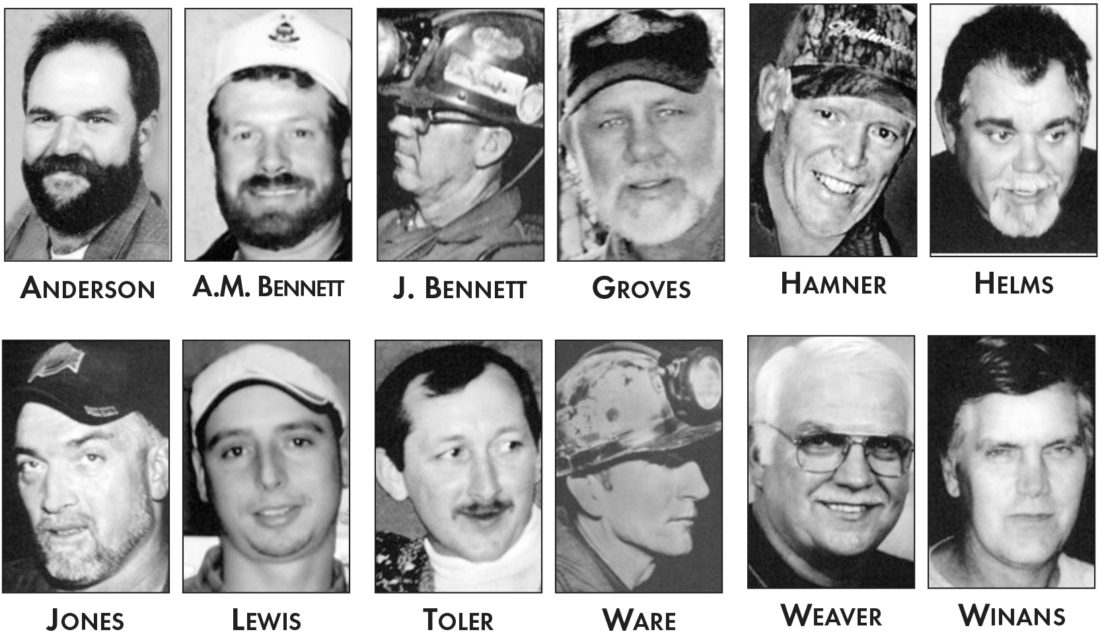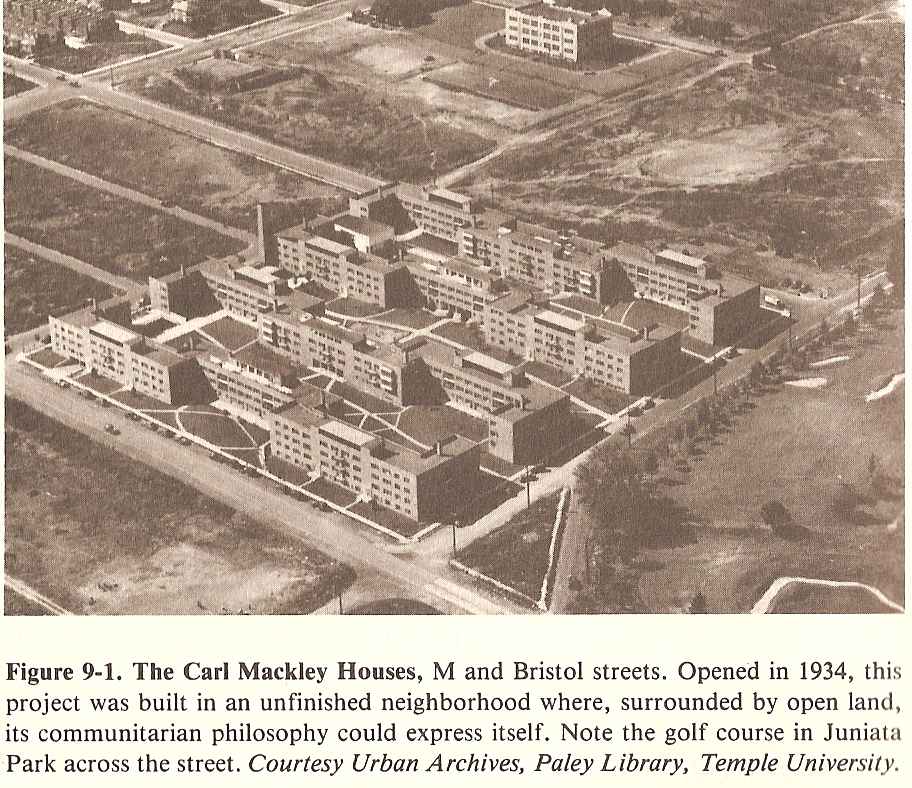
This Day in Labor History: January 5, 1914. Henry Ford announced his famous $5 a day wage to his workers. But let's be clear; Ford was a horrible human who treated his workers awful. He's no model and we need to talk about this! 

Turnover was a massive problem for employers through the early 20th century. The horrors of industrialization combined with callousness of employers to lead to workers constantly seeking a job that was just a little bit less terrible than the last.
The growth of assembly line work made this worse because it was so boring. Treating a worker like a machine, as Henry Ford did, deskilled and depressed workers who had once partially defined themselves through their physical labor.
This labor was just as physical and exhausting, but required no thinking and provided no satisfaction. Thus the Ford Motor Company had the same turnover problems as other industries. In 1913, the turnover rate for the company was 370 percent.
Ford decided he needed to do something about this turnover. So he began to think about what would become known as welfare capitalism.
He thought that if he paid his workers a bit more and helped them take care of their basic needs, they would live with the fact that the work was so mindless.
So on January 5, 1914, he announced a reorganization of his company. Workers could be part of a profit-sharing system that would raise their salary to $5 a day.
While this has been remembered as Ford wanting to pay his workers enough that they could buy the cars they made, that really wasn’t what this was about. Reducing labor turnover was the reason, which is fair enough.
Ford also took power away from the foreman and centralized hiring decisions. Like many industrial worksites, foremen had almost complete authority over workers, including the power to hire and fire, as well as the setting of pay rates to some extent.
Ford did not want these little dictators making these decisions and instead created a personnel department that the foreman had to check with before firing.
If the personnel department disagreed, the worker would merely be transferred. The introduction of standardized wages (the number of wage rates were reduced from 69 to 8) also took power away from foremen.
Ford had a requirement for acquiring those wages. Workers had to live up to his moral standards. Ford romanticized rural life and what he saw as traditional values.
He wanted to inculcate this in his workers and seeing himself as a father figure, he believed he had the right to interfere in their personal lives. Thus if they wanted to work, they had to subject themselves to inspections from his Sociological Department.
The department inspected workers’ habits and lives, discharging those seen as unfit. It gave advice, expected to be followed, on money management and family relations. Ford’s foreign employees had to undergo Americanization programs if they wanted their wages.
Ford required English on the shop floor in a society and industrial workforce that was very heavily dominated by immigrants. Ford, a staunch prohibitionist, banned his workers from drinking alcohol. The SD would visit the homes of employees to inspect their lives.
They would do so without warning so they could see what the inside of your home really like and whether you had liquor in the house. To say the least, no Jews were hired.
Some workers were upset about this intrusion, but it seems that most accepted it, even if they complained about the violation of their personal liberties, because they needed the money.
Not all workers could earn those wages. Only men over the age of 22 shown to be taking care of their families, single men who were seen as thrifty, and men younger than 22 who were the sole breadwinner for their family.
Female workers could also qualify after 1916 after women’s movement leaders protested their exclusion. The Sociological Department would make the judgment as to which workers qualified. Ford hated quitters, thinking them slackers and undeserving.
So he also worked to reduce turnover by making the process to get hired onerous, with full inspections from the SD each time a worker quit. What this really led to was a certain amount of bribery of Sociological Department inspectors.
Eventually over 200 SD inspectors pried into every corner of workers’ lives to see if they fit Henry Ford’s personal standards of how they should live. If workers didn’t follow the line, their pay was reduced back to $2.34 and if they didn’t improve in six months, they were fired
And Ford would work these employees to the bone. Agreeing to work at Ford not only meant agreeing to the moral standards. It meant a lifetime of hard drudgery that gave you little real pride in the work you did.
Said one of Ford’s production managers, “Ford was one of the worse shops in town for driving the men. I have been an S.O.B. with everybody in town.”
But with wages so bad in 1914, the impact of Ford’s announcement was overwhelming. A crowd of 15,000 people descended on Ford to ask for jobs. They were dispatched with fire hoses.
Workers themselves certainly took the $5 day as a good deal at the time. But Ford became increasingly ossified in his ideas of labor relations and refused to raise the pay. What was a good wage in 1914 became less so year by year.
In the 1920s, the Sociological Department’s influence declined and conditions worsened in the factories. By 1927, Ford was driving his men with a bunch of ex-boxers and thugs led by Harry Bennett, who violently put down any protest.
By the 1930s, workers were furious with Ford’s labor relations and the plants became centers of labor resistance to employer domination of their lives and home to some of the great battles of the 1930s struggle for unionization.
In other words, we can certainly say that Ford was forward-looking in the sense that he advanced the corporate control over the workforce by giving them a small amount in return for the control over their lives.
And the money was real enough, at least for awhile. But to point to the $5 wage as a good thing without placing it in context is problematic and should be avoided by people on the left.
In conclusion, quit thinking of Henry Ford as a good employer. He was not. He was close to the worst employer and is no model for the present.
I used Sanford Jacoby’s Employing Bureaucracy: Managers, Unions, and the Transformation of Work in American Industry, 1900-1945; Joan Shaw Peterson’s American Automobile Workers, 1900-1933; and Greg Grandin’s Fordlandia, in the writing of this thread.
Back tomorrow to discuss Moyer v. Peabody, one of the many, many cases where the Supreme Court has been openly anti-worker.
• • •
Missing some Tweet in this thread? You can try to
force a refresh







